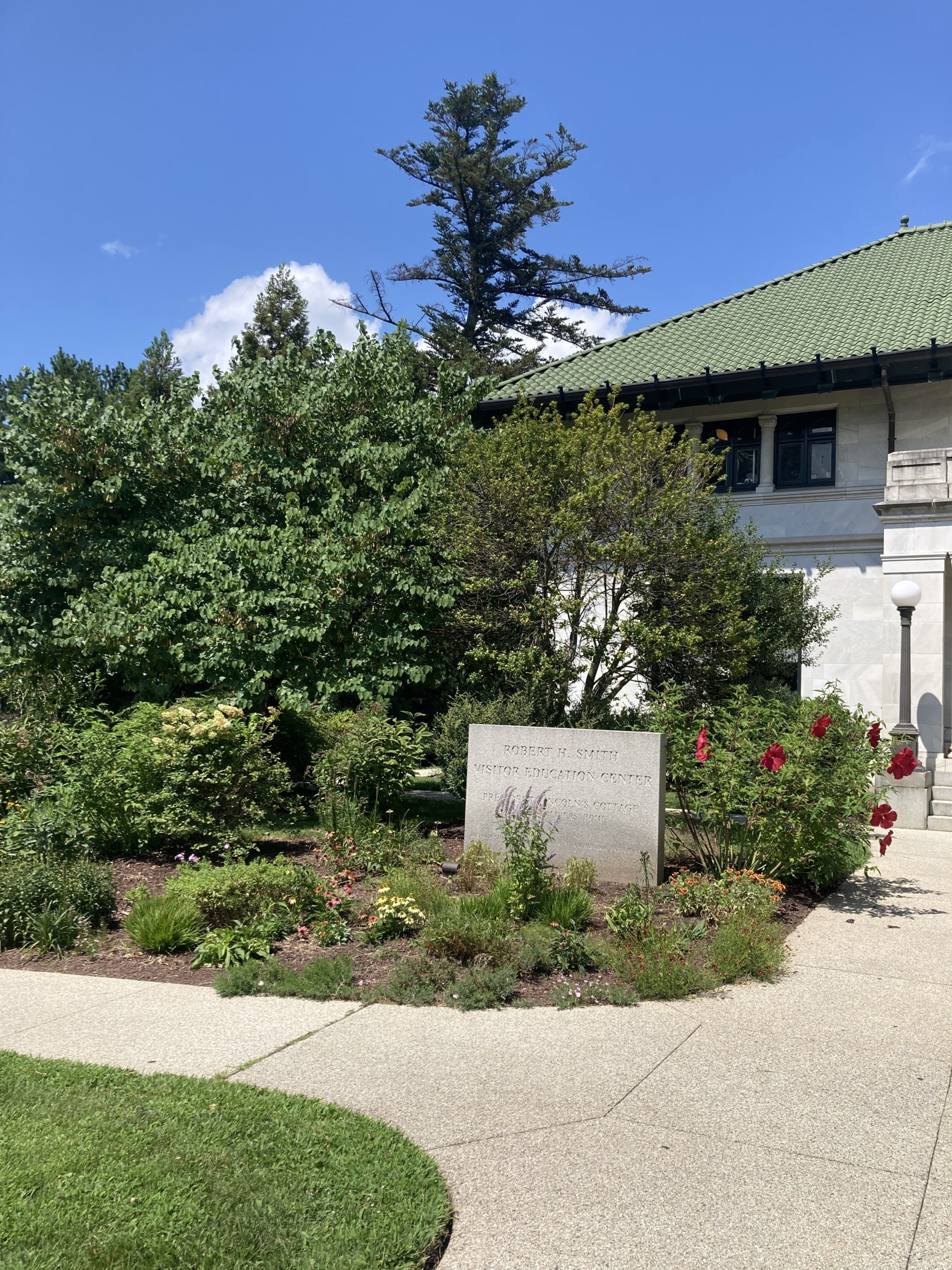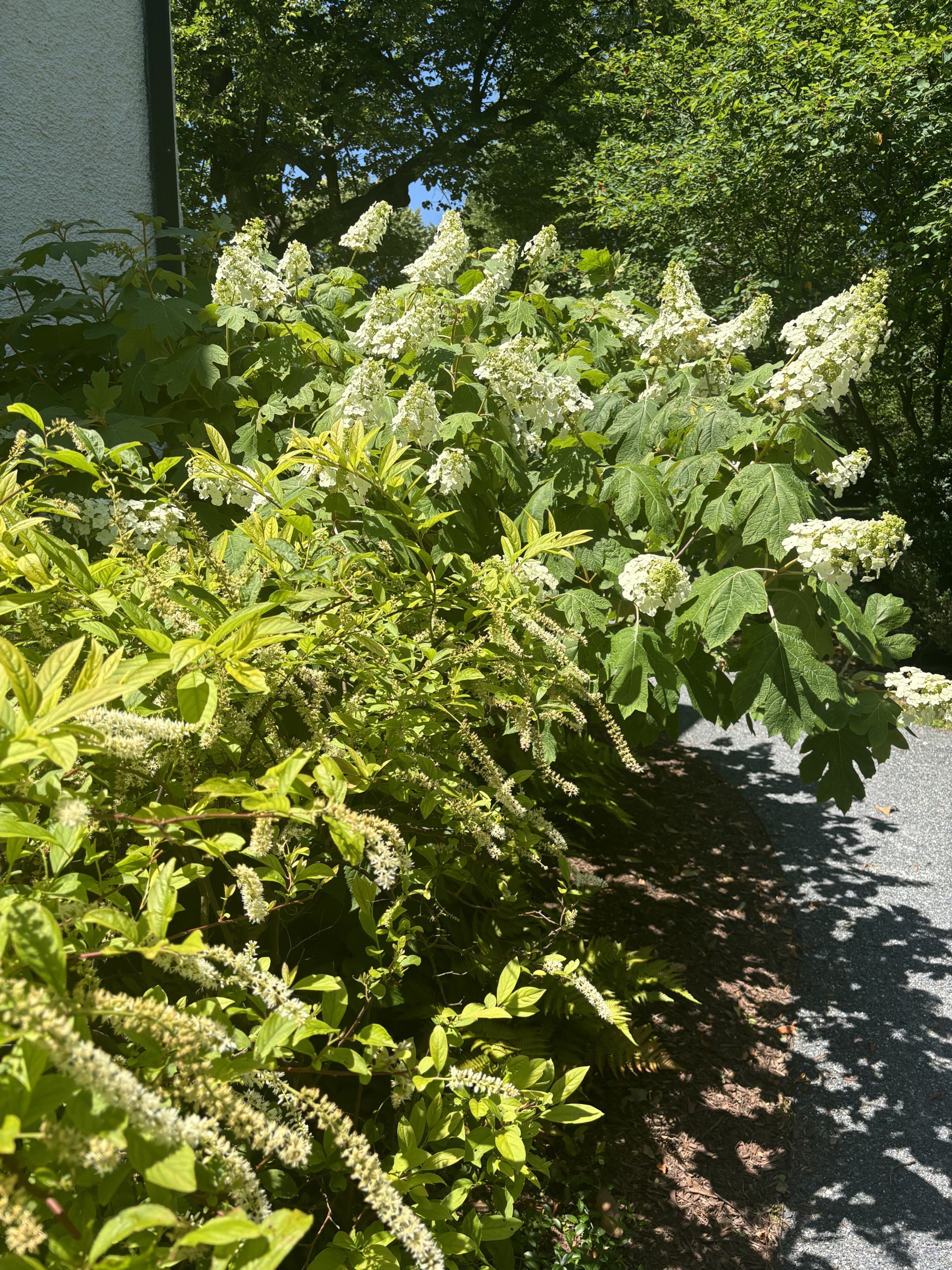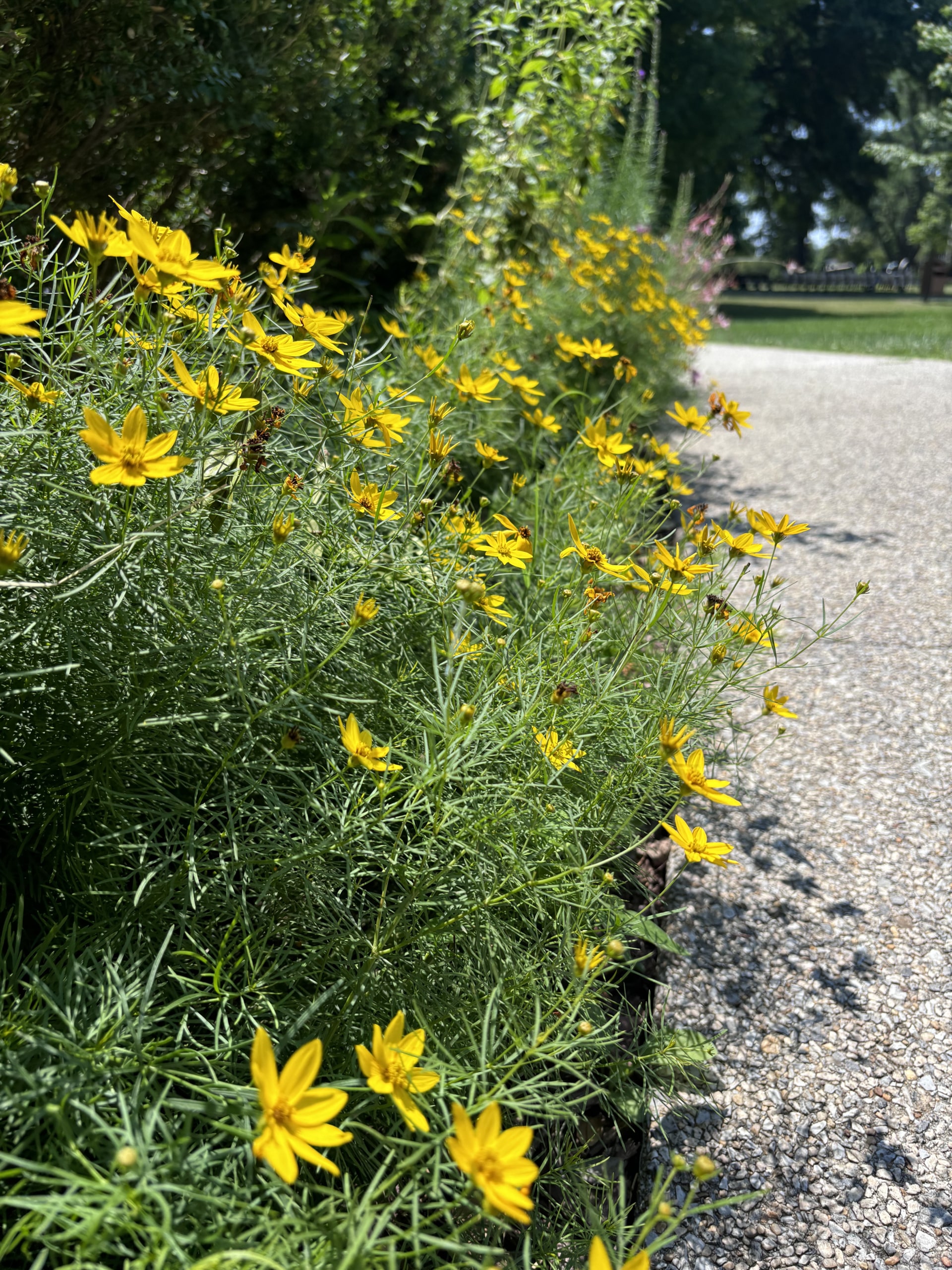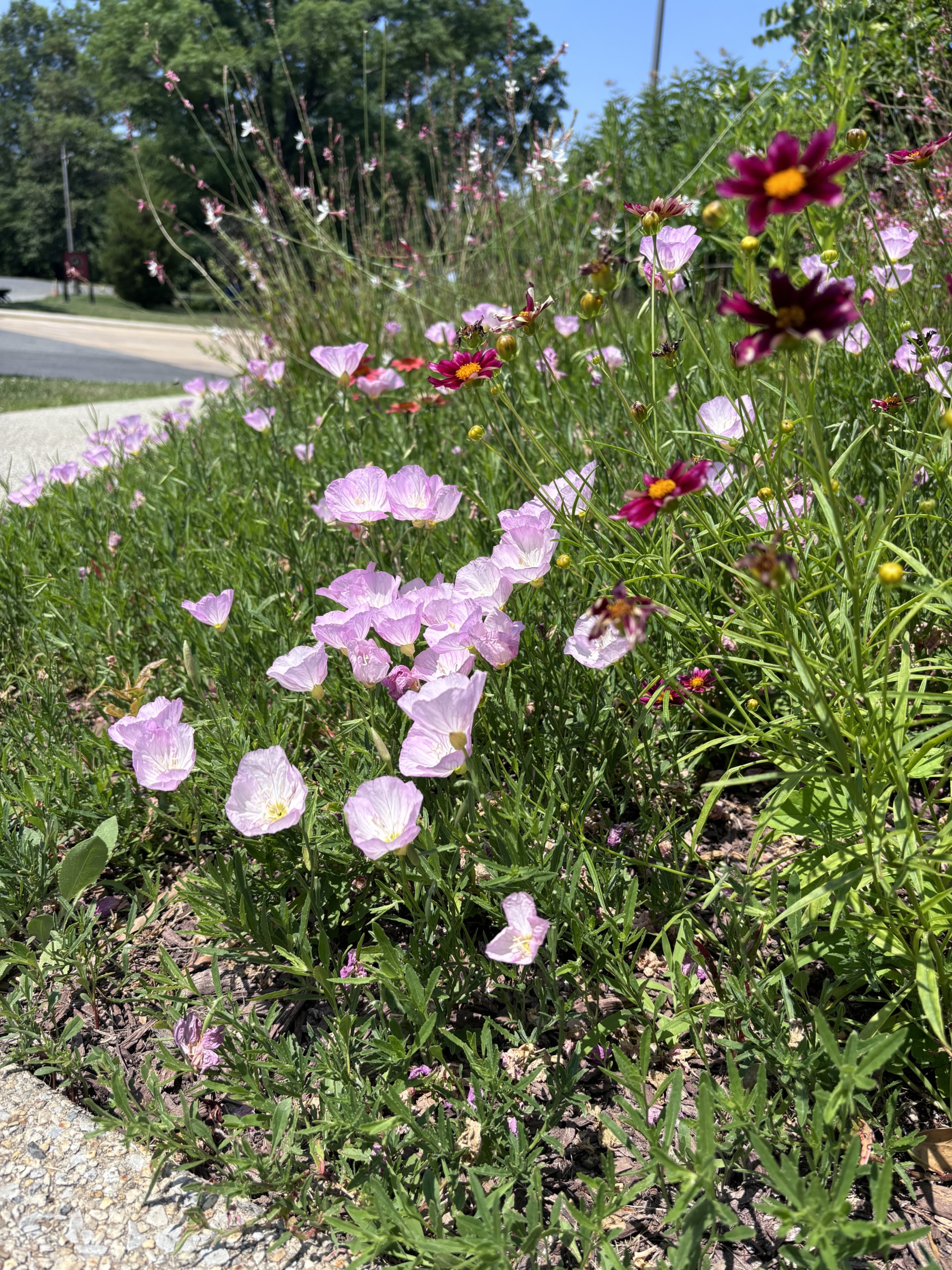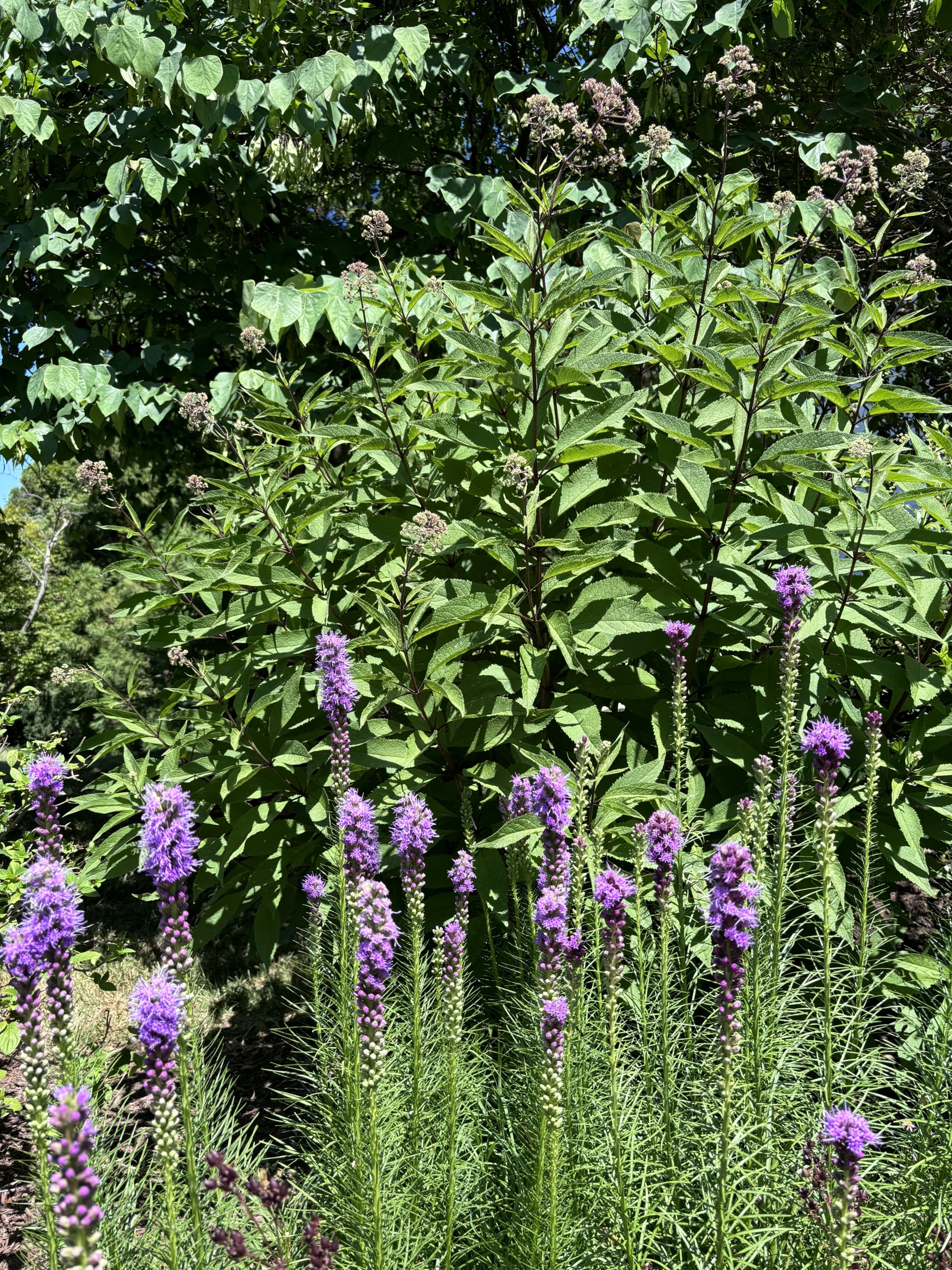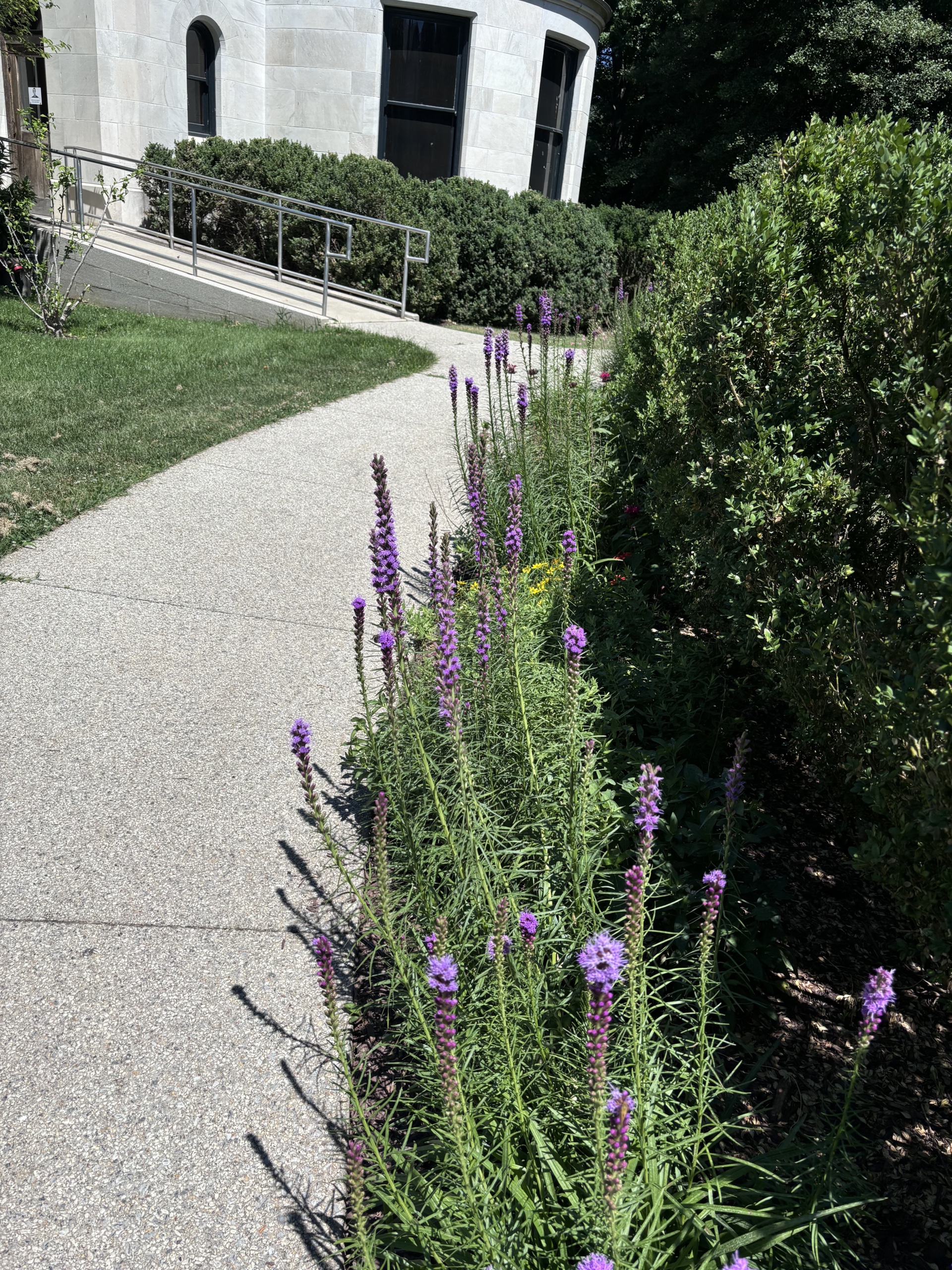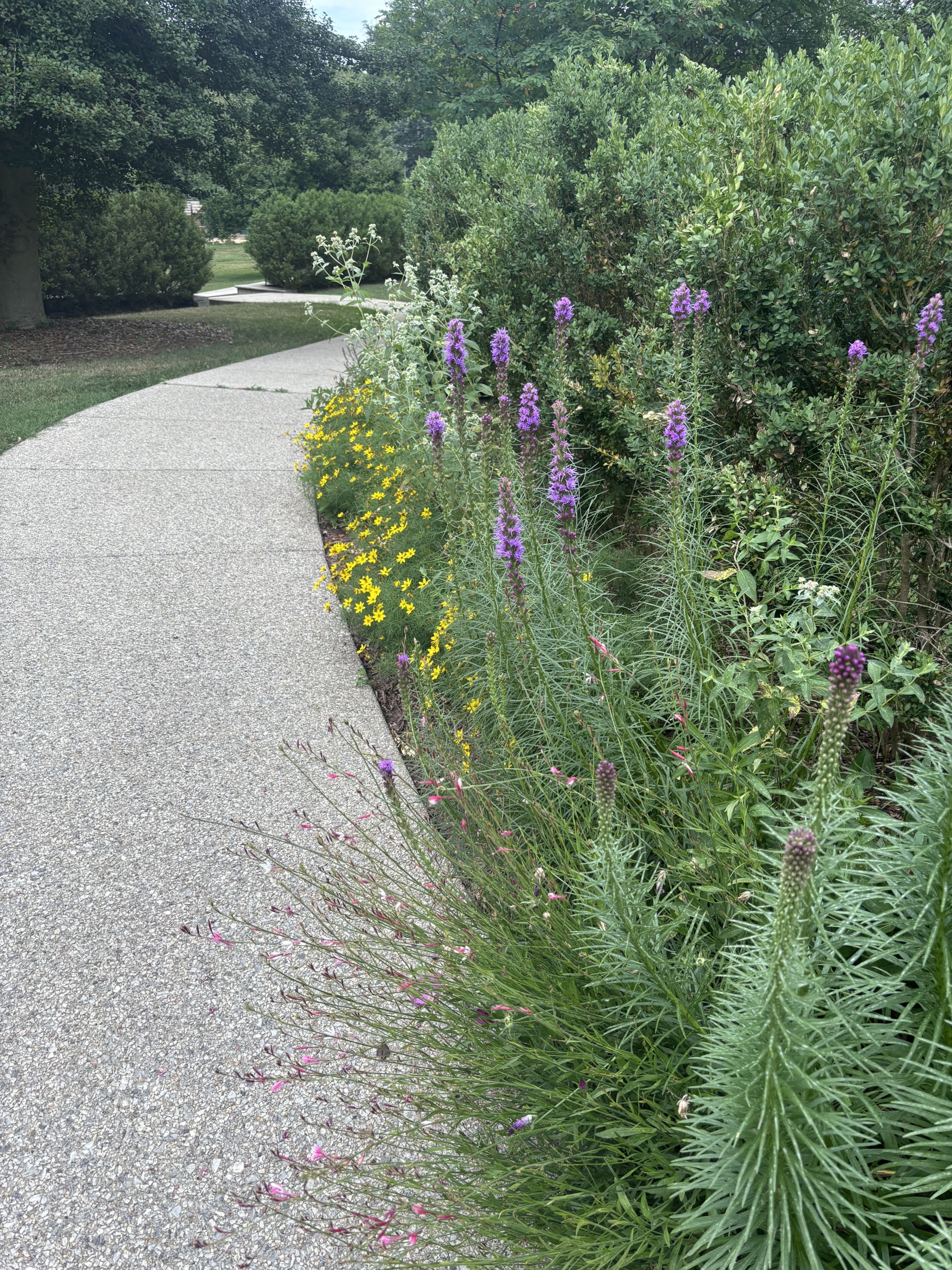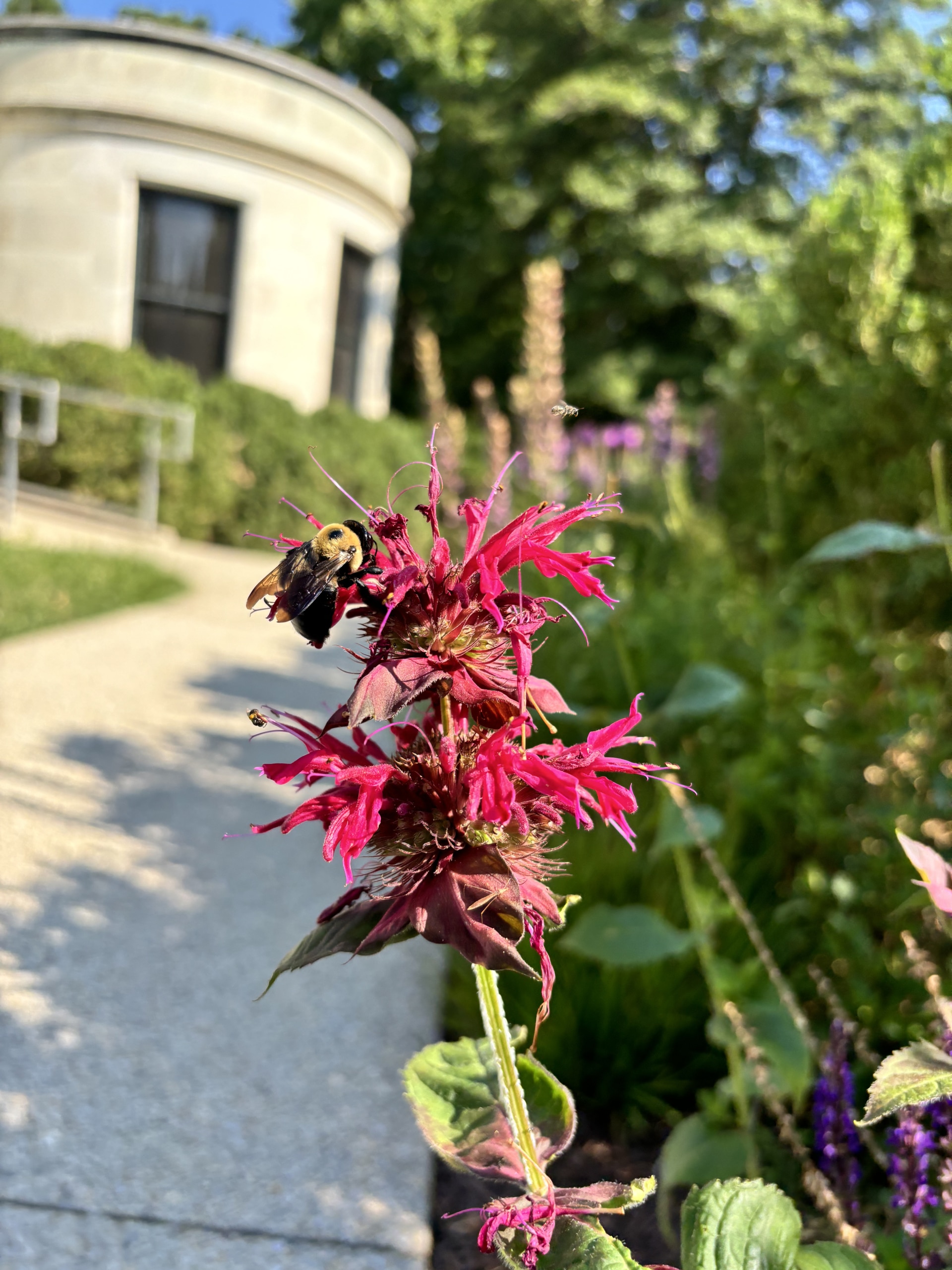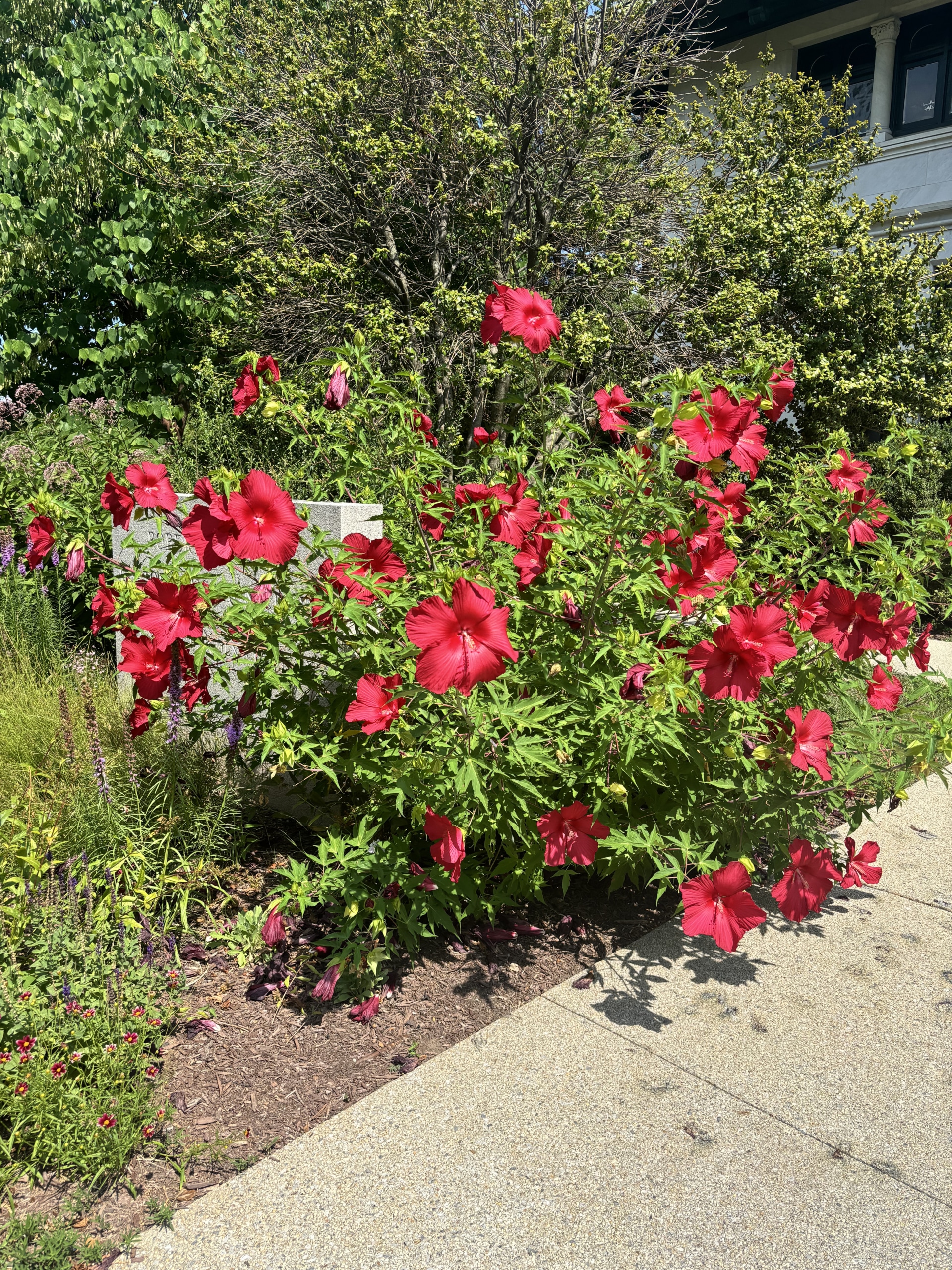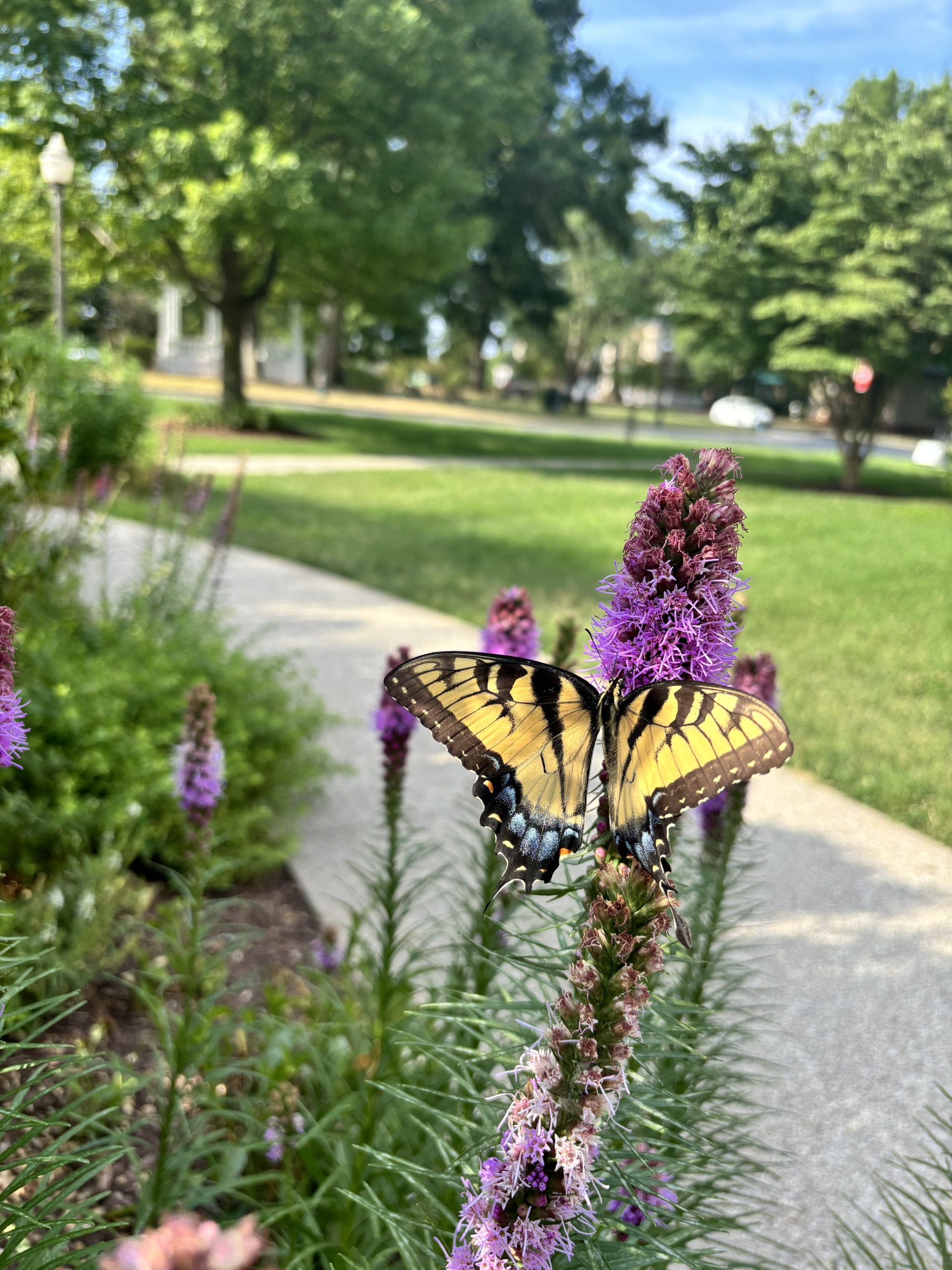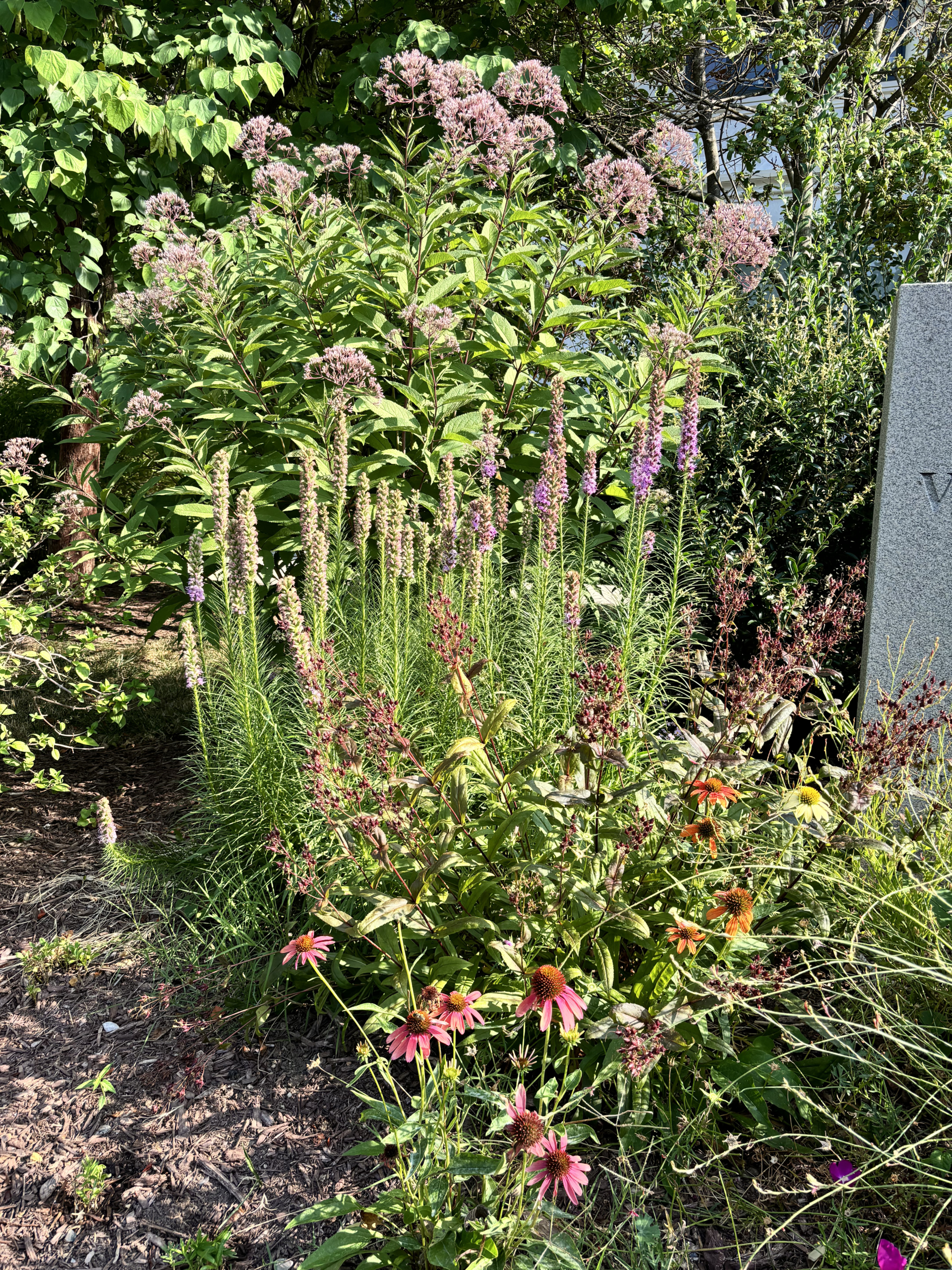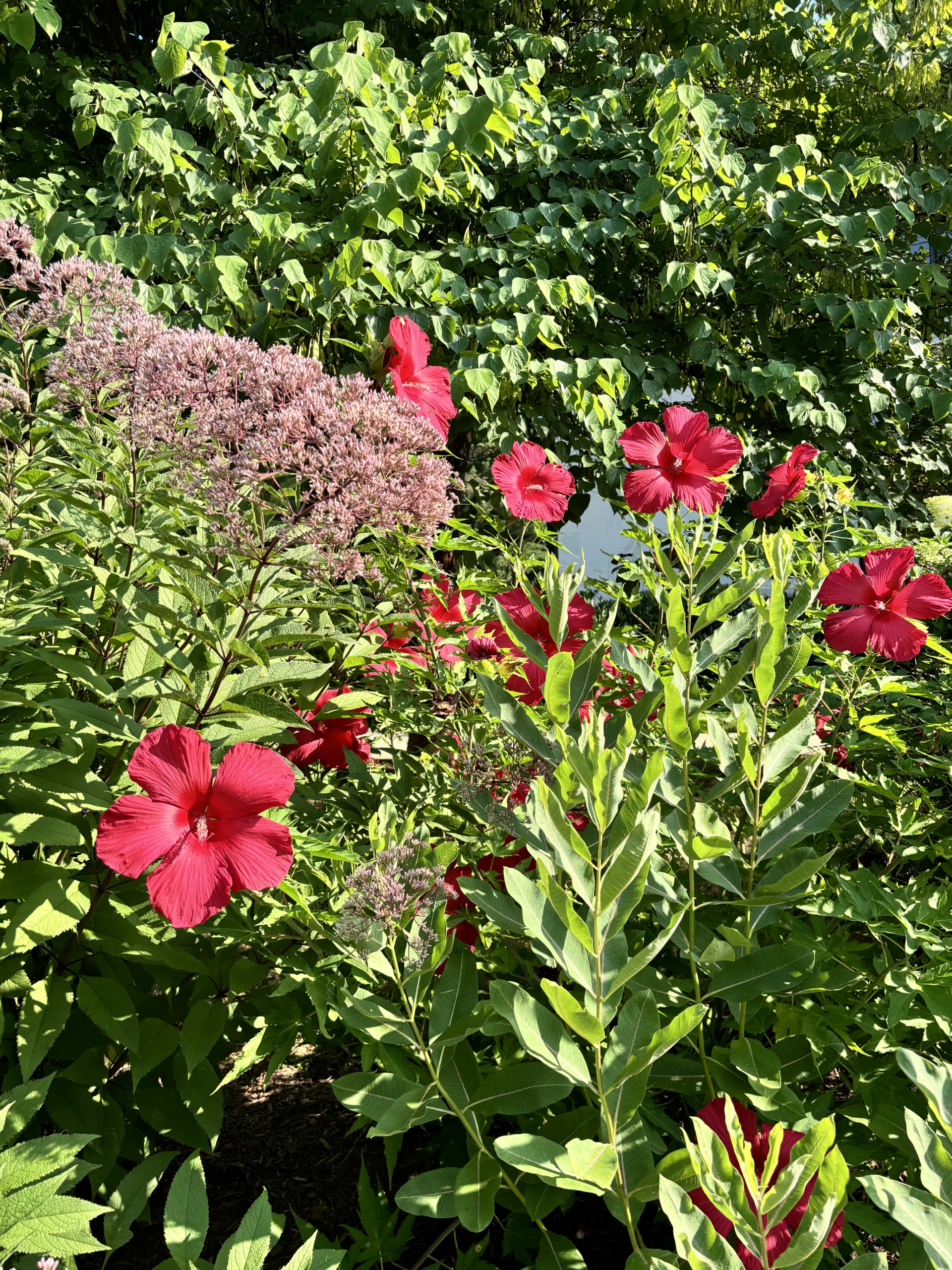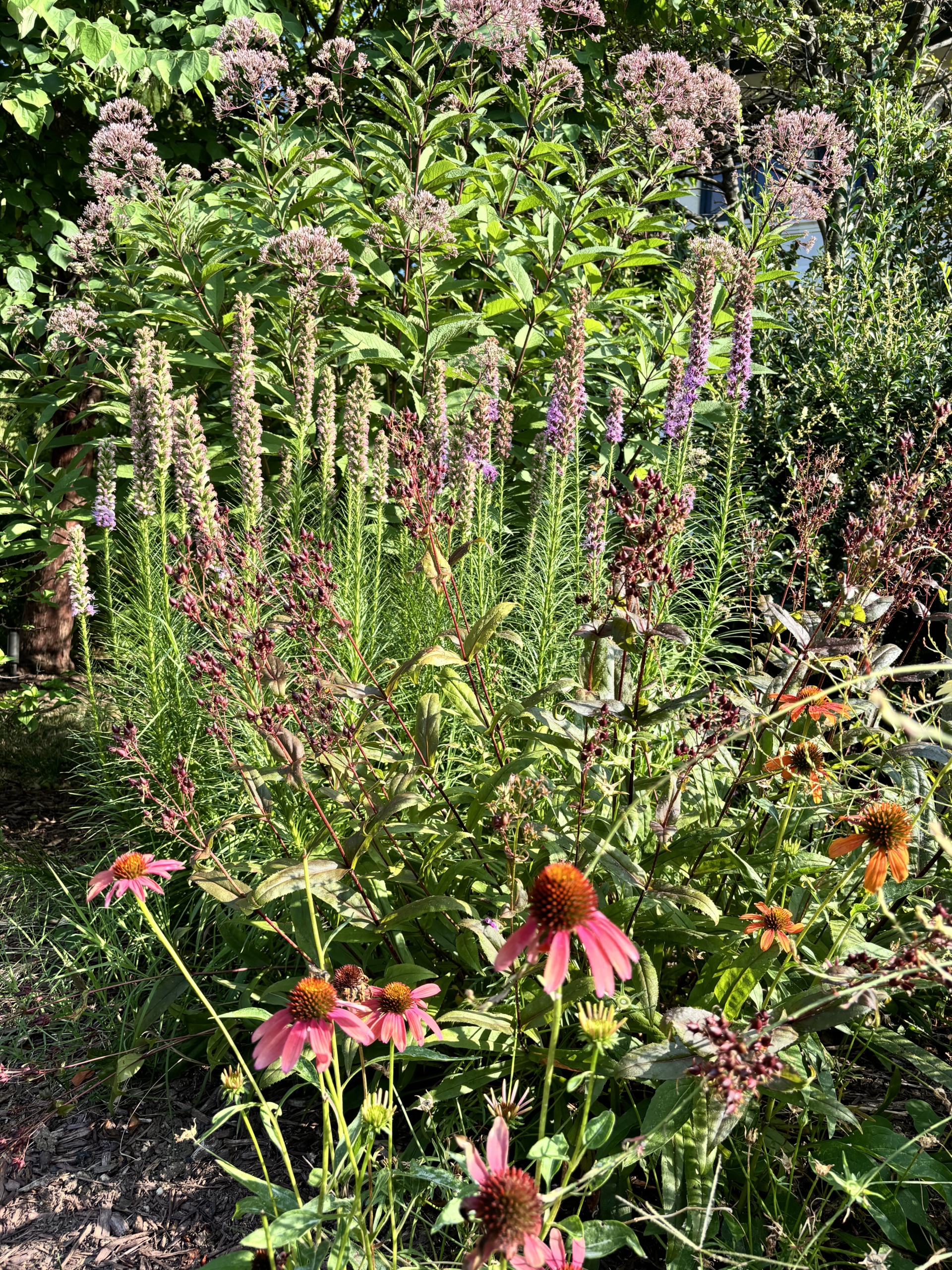President Lincoln’s Cottage and the Armed Forces Retirement Home grounds have always provided habitat for wildlife and a serene natural setting for those on the grounds.
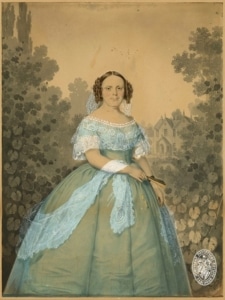
A portrait of George Riggs’s wife, Janet Sheddon Riggs, with the Cottage in the background
Even before the property was purchased by the federal government in 1859, its plants and vistas were enjoyed by the Riggs family. Alice Riggs, daughter of George Riggs who built the Cottage and eventually sold the property to the US Government, recalled enjoying her childhood under a pair of sassafras trees just south of the Cottage. In a letter she once wrote, “When I was a child, my mother’s mother, who lived with us, used to call these trees ‘the twins’, and we had a bench seat between them, which used to be a favorite place for us to sit in the shade, have tea parties and play with our dolls.”
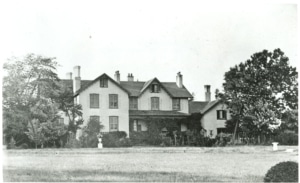
The Cottage as it looked during the Lincoln years
During the 20th century, the areas directly around the Cottage and Visitor Education Center took on a more tidy appearance, reminiscent of the formal gardens of England, dominated by neatly-trimmed boxwood hedges. These landscape beds, while orderly and visually appealing in some ways, provided little benefit to our local ecosystem.
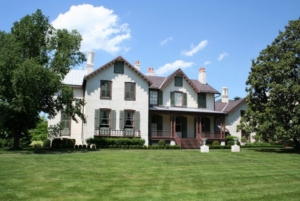
The Cottage with the boxwoods circa 2008, prior to rewilding
Over the past few years staff at President Lincoln’s Cottage have begun incorporating native plants and increasing the diversity in our landscaping. But what’s the point?
Native plants are those that occur in the regions in which they evolved. Their deep roots improve soil and reduce erosion. Since they are adapted to the local conditions, native plants require less watering and fertilization. They provide beautiful blooms from early Spring until Fall. But most importantly– they support insects.
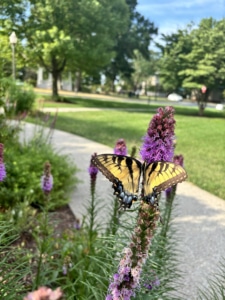
A swallowtail butterfly on a dense blazing star by the R0bert H. Smith Visitor Center
Insects are the foundation of the food web upon which all species depend. Most insects will only eat plants which they co-evolved with over thousands of years (known as ‘host plants’). One famous example of this is the monarch butterfly. Milkweed is the sole host plant for monarchs and their decline is directly attributed to loss of milkweed in North America. Planting milkweed is the best way to help this iconic, imperiled species.
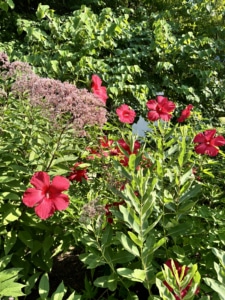
Joe pye weed (left), hardy hibiscus (middle), common milkweed (front)
Another powerhouse plant for pollinators that can be found at President Lincoln’s Cottage is Joe Pye weed (Eutrochium purpureum). This tall, long-blooming plant is a host plant for over three dozen species of moths and caterpillars!
Dense blazing star (Liatris spicata) is another native perennial beloved by hummingbirds, butterflies and other pollinators and its small seeds are attractive to songbirds. It can be found in several locations around the Cottage and Visitor Education Center.
Plan a trip to President Lincolns’ Cottage to see what all the buzz is about! For those interested in learning more about the landscape around the Cottage, be sure to check out our self-guided landscape tour, Lincoln’s Wild Home.
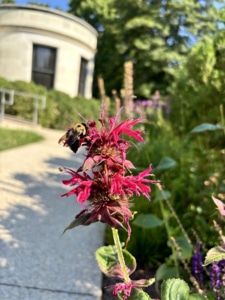
Bumble bee on bee balm by the Visitor Center






